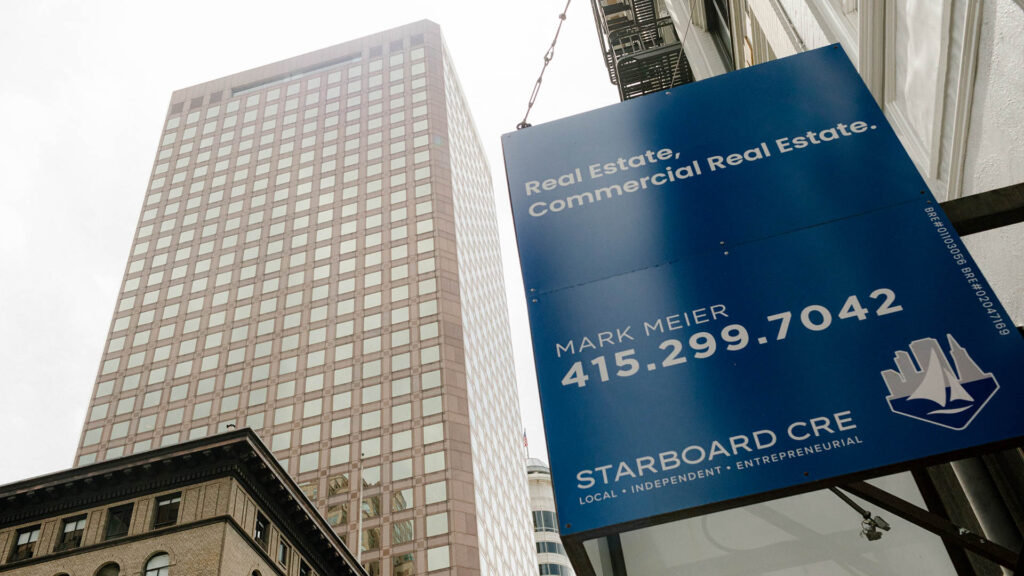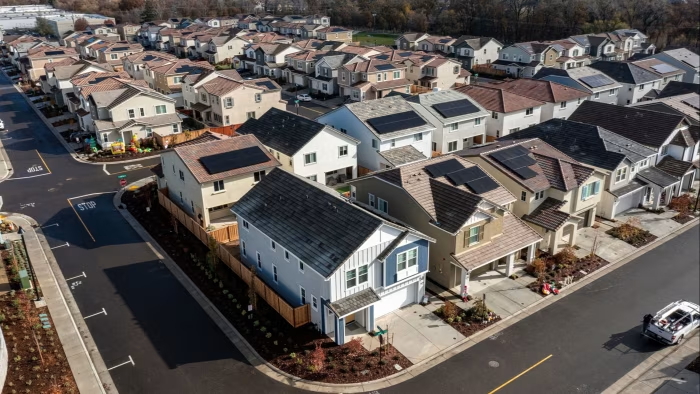The Value of Commercial Real Estate in the United States
Commercial real estate value (CRE) plays a crucial role in the economic fabric of the United States. Encompassing office buildings, retail spaces, industrial properties, multifamily housing, and special-use real estate, the sector influences employment, business operations, urban development, and investment portfolios. Understanding its value involves examining the factors that affect pricing, trends, regional variations, and future prospects.
Table of Contents
Understanding Commercial Real Estate
Commercial real estate refers to properties primarily used for business purposes. Unlike residential real estate, which is often valued based on comparable sales and market demand for housing, CRE valuation considers factors like income generation potential, location, and broader economic conditions.
Categories of Commercial Real Estate:
- Office Buildings: Skyscrapers, suburban office parks, and co-working spaces.
- Retail Spaces: Shopping malls, strip centers, standalone stores, and mixed-use developments.
- Industrial Properties: Warehouses, manufacturing plants, and distribution centers.
- Multifamily Housing: Apartment complexes, condominiums, and townhouses with multiple units.
- Special-Use Properties: Hotels, healthcare facilities, self-storage, and educational campuses.
Factors Affecting CRE Value
Several factors influence the valuation of commercial properties, including:
- Location: Proximity to transportation, urban centers, and amenities increases property desirability.
- Economic Conditions: GDP growth, employment rates, and consumer spending impact demand for office, retail, and industrial spaces.
- Market Dynamics: Supply-demand balance plays a critical role. Markets with high demand and limited supply witness value appreciation.
- Zoning and Regulations: Local laws affect the type of development permissible on a property.
- Interest Rates: Higher interest rates increase borrowing costs, potentially reducing investment demand and property prices.
- Income Potential: Net operating income (NOI), determined by rent collection and operational expenses, is a fundamental valuation metric.
- Technological Trends: The rise of e-commerce impacts demand for retail spaces, while innovations like automated warehouses shape industrial real estate.
Methods of Valuation
The valuation of commercial real estate typically employs these methods:
- Income Approach: Calculates property value based on its ability to generate income, using formulas like the capitalization rate (cap rate) to relate NOI to current market value.
- Sales Comparison Approach: Evaluates a property by comparing it with recently sold similar properties.
- Cost Approach: Estimates the cost to rebuild the property from scratch, factoring in depreciation.
Historical Perspective and Trends
Commercial real estate values have experienced cycles of growth and contraction, influenced by economic booms, financial crises, and policy changes. Key historical events have shaped the sector:
- Post-World War II Boom: Suburbanization led to the development of malls, office parks, and industrial hubs.
- 1980s Savings and Loan Crisis: Overbuilding and lax lending practices resulted in a sharp decline in CRE values.
- 1990s Recovery: Economic expansion and the rise of technology companies fueled growth in office and industrial real estate.
- 2008 Financial Crisis: The collapse of the housing market spilled over into CRE, with declining property values and increased vacancy rates.
- 2010s Growth Era: Urbanization, technological adoption, and low interest rates drove a decade of appreciation in CRE values.
Regional Variations
The value of commercial real estate in the U.S. varies significantly by region due to differences in economic activity, demographics, and local market conditions.
- Major Metropolitan Areas: New York City, Los Angeles, and Chicago feature some of the most expensive real estate due to high demand and limited supply.
- Sunbelt Cities: Cities like Austin, Miami, and Phoenix have experienced rapid growth due to population influx, favorable tax climates, and business-friendly policies.
- Industrial Hubs: Areas like Atlanta, Dallas, and Memphis benefit from robust logistics networks and manufacturing activity.
- Tech Centers: Silicon Valley, Seattle, and Austin are examples of regions where demand for office and multifamily properties is fueled by a thriving tech industry.
Emerging Trends Shaping CRE Value

- Workplace Evolution: Hybrid work models post-pandemic have reshaped demand for office space, reducing the need for large, centralized offices.
- E-commerce Growth: Retail properties are adapting to serve experiential purposes or being repurposed for logistics and last-mile delivery.
- Sustainability Initiatives: Green building certifications and energy-efficient designs are increasingly sought after, impacting property values.
- Demographic Shifts: Aging populations and growing millennial renters affect demand for multifamily housing.
- PropTech Innovations: Digital platforms for property management, virtual tours, and data analytics are streamlining operations and enhancing asset performance.
Investment Perspective
Commercial real estate remains an attractive investment class due to its ability to provide steady income and portfolio diversification. Key considerations for investors include:
- Risk-Return Profile: Properties in prime locations with stable tenants offer lower risk, while speculative developments in emerging markets can yield higher returns.
- Financing Conditions: Mortgage availability, loan-to-value ratios, and interest rates influence investment decisions.
- Tax Benefits: Depreciation, 1031 exchanges, and other tax incentives enhance profitability.
Challenges in the CRE Market
Despite its potential, the commercial real estate sector faces several challenges:
- Economic Uncertainty: Inflation, interest rate fluctuations, and global trade dynamics can affect market stability.
- Technological Disruption: Automation and AI may render certain property types obsolete.
- Environmental Risks: Properties in flood-prone or wildfire-prone areas face increased insurance costs and operational risks.
- Regulatory Changes: Stricter zoning laws, rent control, and other regulations can impact property viability and returns.
Future Outlook
The future of commercial real estate in the United States is intertwined with broader economic, societal, and technological trends. Key predictions include:
- Resilient Sectors: Industrial properties and multifamily housing are likely to remain strong due to e-commerce demand and population growth.
- Adaptive Reuse: Converting underperforming retail spaces into mixed-use developments or residential units will gain traction.
- Smart Cities: Integrating technology into urban planning will elevate demand for high-tech commercial properties.
- Decentralized Workspaces: Co-working and satellite offices will continue to shape the office secto

